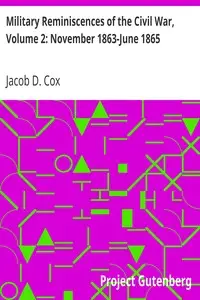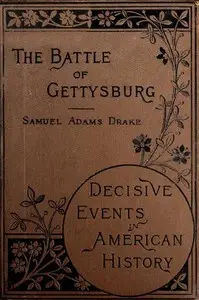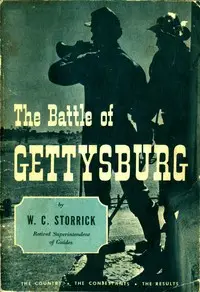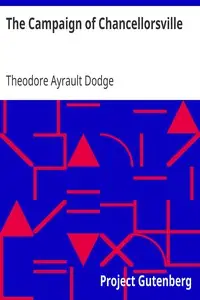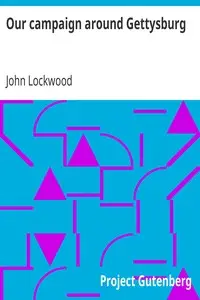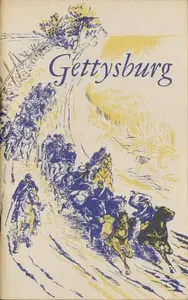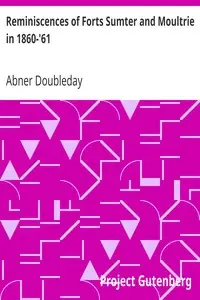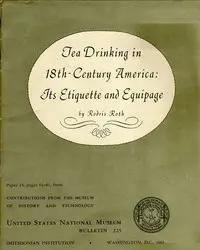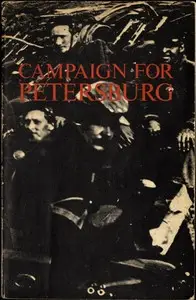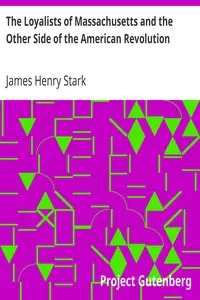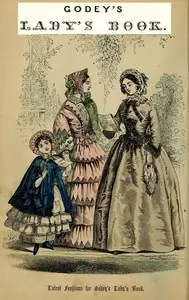"Chancellorsville and Gettysburg" by Abner Doubleday is a late 19th-century historical record, offering a close look at crucial American Civil War battles, chiefly the Chancellorsville and Gettysburg campaigns. Doubleday, a Union officer deeply involved in these conflicts, presents his firsthand knowledge, observations, and experiences, emphasizing the strategies and difficulties faced by the armies involved. The book begins with a preface where Doubleday discusses why he wrote it, stressing the importance of remembering the sacrifices of soldiers during the war. He argues for a truthful account of what happened, pointing out that his direct involvement in the war gives him a special viewpoint as he sets the stage for a detailed study of the events leading up to the battles, introduces important military figures, and establishes a personal and thoughtful tone for recounting a key period in American history.

Chancellorsville and Gettysburg Campaigns of the Civil War - VI
By Abner Doubleday
Witness firsthand accounts of pivotal Civil War battles where strategies clashed and soldiers fought with unwavering determination.
Summary
About the AuthorAbner Doubleday was a career United States Army officer and Union major general in the American Civil War. He fired the first shot in defense of Fort Sumter, the opening battle of the war, and had a pivotal role in the early fighting at the Battle of Gettysburg. Gettysburg was his finest hour, but his relief by Maj. Gen. George G. Meade caused lasting enmity between the two men. In San Francisco, after the war, he obtained a patent on the cable car railway that still runs there. In his final years in New Jersey, he was a prominent member and later president of the Theosophical Society.
Abner Doubleday was a career United States Army officer and Union major general in the American Civil War. He fired the first shot in defense of Fort Sumter, the opening battle of the war, and had a pivotal role in the early fighting at the Battle of Gettysburg. Gettysburg was his finest hour, but his relief by Maj. Gen. George G. Meade caused lasting enmity between the two men. In San Francisco, after the war, he obtained a patent on the cable car railway that still runs there. In his final years in New Jersey, he was a prominent member and later president of the Theosophical Society.

